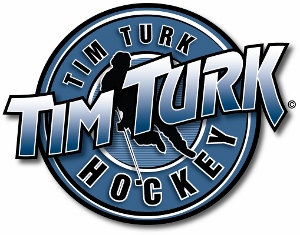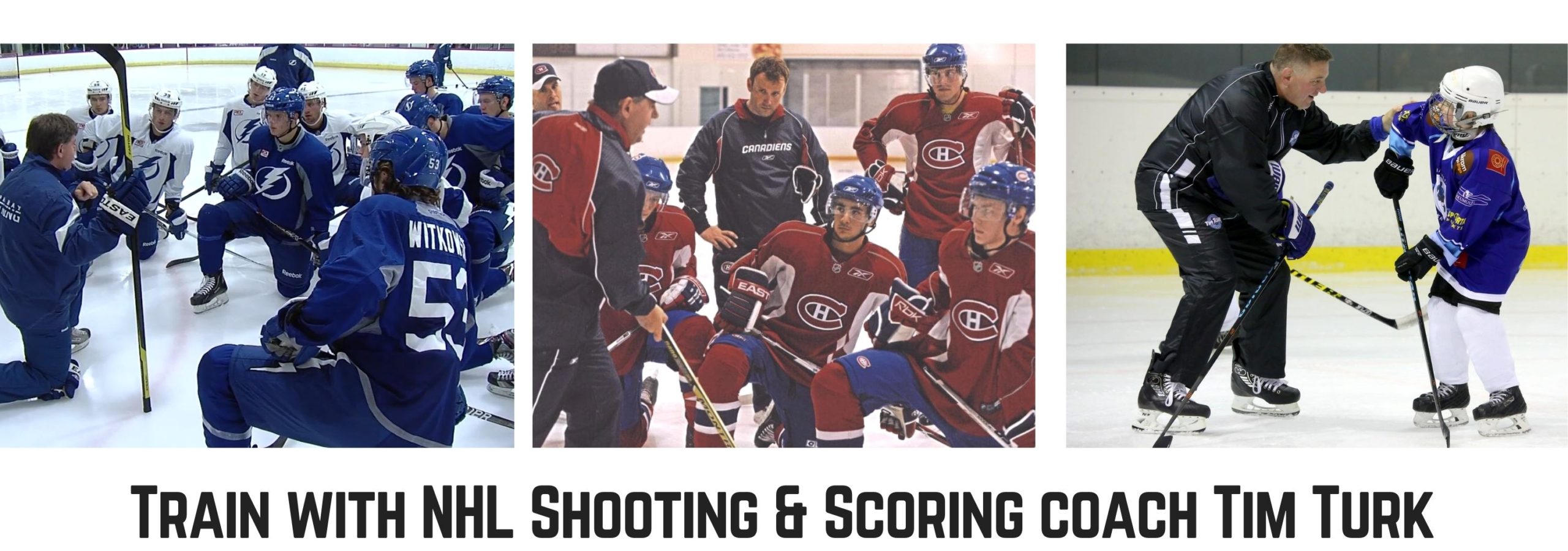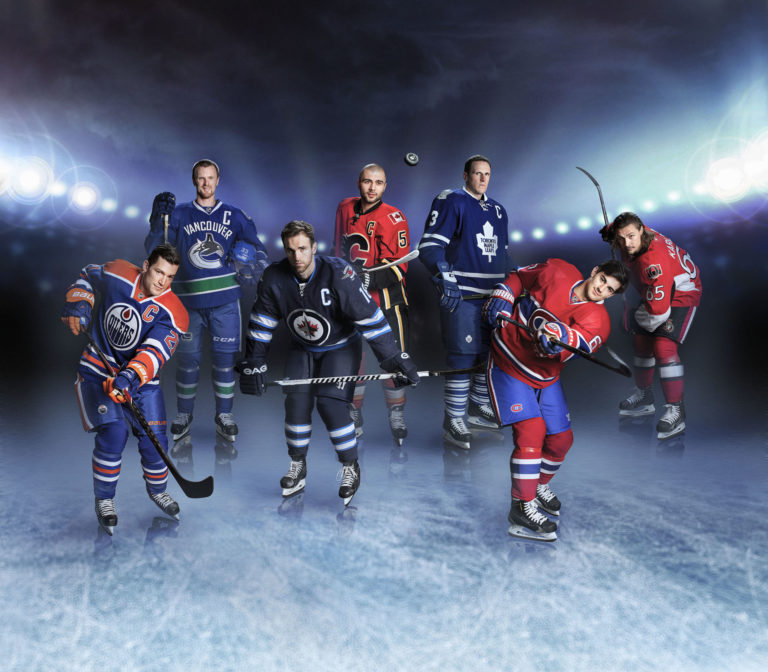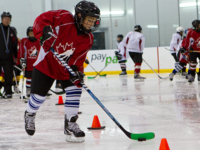So let’s talk about the big question every player and parent asks themselves. How hard is it to actually make it to the big show? What are the actually numbers and chances of becoming a professional NHL hockey player.
In 2013, Jim Parcels, a former Peterborough Pete’s trainer and Ken Campbell, a writer for The Hockey News, co-authored Selling the Dream: How Hockey Parents and Their Kids Are Paying the Price for Our National Obsession. In the book, Parcels breaks down the odds of a kid from Ontario making the NHL. Out of the select 30,000 players they studied, 48 were drafted by an NHL team, and 39 of those 48 actually signed contracts with an NHL team. Of that 39, only 32 actually played in the NHL, and only 15 of those players played more than one full season. And finally, of that 15, only six played the minimum 400 games to qualify for the NHL Player Pension.
So if we count the 400 game league minimum for the Player Pension as having a ‘career’ in the NHL, then 0.16 percent will get drafted into the NHL and only 0.02 percent of hockey-playing boys in Ontario will make a ‘career’ out of hockey.
In all fairness to Jim, that study was initially done in 1991 and there has been nine new teams added since then, opening up about 205 spots. And if that doesn’t rattle your bones, then consider this: first round draft picks, who are considered the best of the best, the most desired, the cream of the crop, have historically only been career NHL players 63 percent of the time.
This is why hockey in this country is sometimes called “Canadian Roulette”.
And that wasn’t meant to be a joke either.
Going back to Jim’s book, he has some seriously hard statistics to swallow.
According to their statistics in any birth year about 25,000 players, from beginners to juveniles, will register to play hockey in Ontario. That number has remained relatively constant for a number of decades, though declining recently.
Of those 25,000, about 25 will play at least one game in the NHL; odds of 1 in 1,000. They also estimate it costs parents a conservative $100,000 to have a young player compete at the top level, AAA, for his minor career.
With those odds of a player making it to the NHL and the costs involved, they suggest, hopefully facetiously, it would be better if parents buy 50,000 6/49 tickets for one particular draw. Their odds of winning the jackpot are a much better 1/300.
So what is the takeaway from this?
Don’t get me wrong. I believe if you have a dream, you should go for it! But remember, like anything in life, knowledge is power. This book should be required reading for every your hockey hopeful, as well as their parents in Canada. It is a solid sobering look at the hard numbers that every player should at least keep in mind while they chase their dream. Also keep in mind is that there is one statistic they don’t count. Pure, raw, undeniable talent. Unlike a lottery, or going to Las Vegas, you can tilt the tables in your favour and beat the odds by simply being the best.
Tim Turk Hockey





